Are you looking to escape it all this summer? After a year of being locked indoors, it may feel like the cities and towns that we live in are closing in. And with a growing understanding that international travel will be unlikely this summer, you may be looking towards a staycation to get some time away from the burdens of life. Off-grid retreats are becoming increasingly popular with people looking to enjoy a rural escape. Fortunately, there’s no shortage of choice when it comes to the UK’s most remote locations.
One provider of off-grid gas, Flogas, which allows people to enjoy the rural lifestyle, has investigated some of the UK’s most remote locations. We reveal the unique aspects of these isles and villages, understanding what makes them such great places to live or visit.
All Is Fair On Fair Isle, Shetland, Scotland
Population: 55*
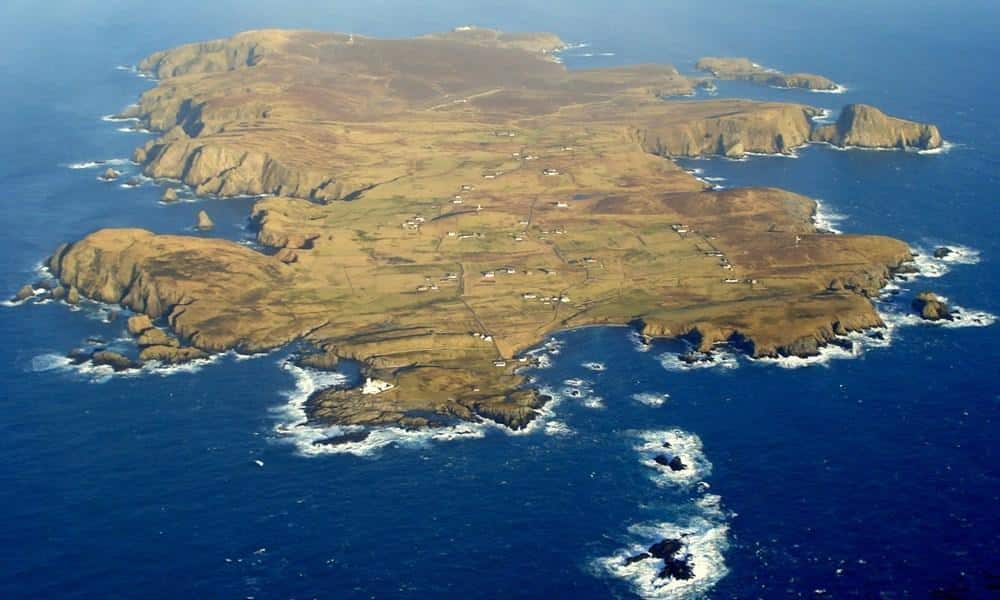
Image VIA
At only three miles long and measuring just one and a half miles wide, Fair Isle in Scotland is renowned for its community spirit, cultural heritage and wildlife — the latter of which ranges from black guillemots, fulmars, puffins and razorbills to both grey and common seals as well as whales and dolphins.
Since 1954, the island has been owned by the National Trust for Scotland. The island which sits between Orkney and Shetland is mostly inhabited by people at the south end of the island.
You’d be tricked by its small size, but there’s still a fair amount to see on this island. The Fair Isle Bird Observatory is world-famous for its scientific research around bird migration and seabird breeding colonies, while the George Waterston Memorial Centre and Museum is the place to find a huge collection of artefacts that offer a glimpse into the location’s rich past. There’s even a golf course — arguably the most remote one across all of Britain.
Cliffy Isolation In Foula, Shetland, Scotland
Population: 38*
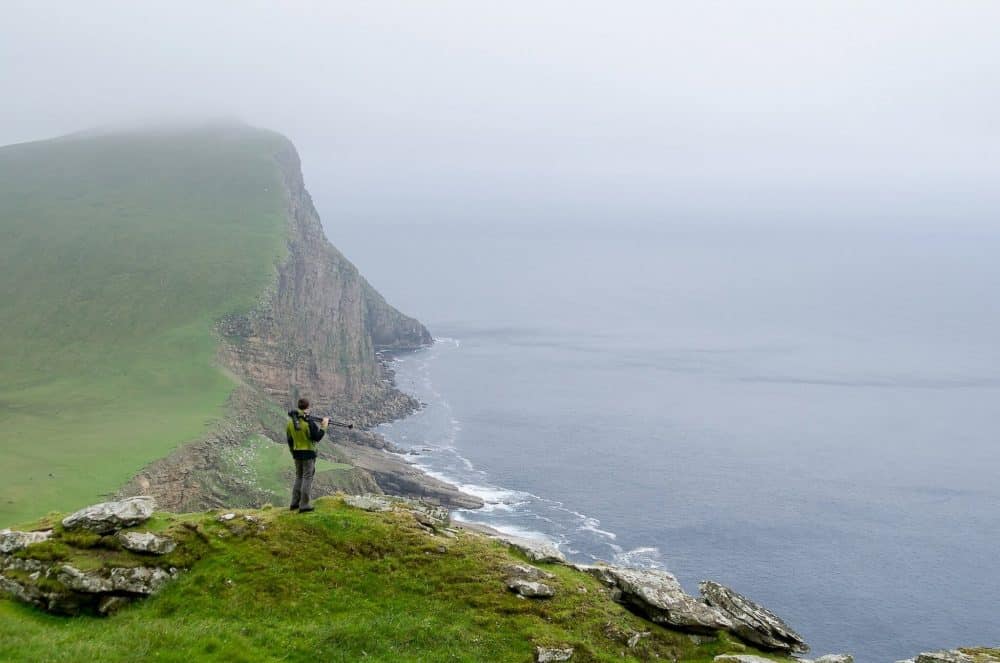
Image VIA
Foula sits 20 miles to the west of Wells in the Shetland Islands. Its name means ‘bird island’, a title that certainly lives up to expectations by being host to one of the largest colonies of Great Skuas — or bonxies — across Britain.
It’s not just amazing wildlife you’ll find here, Foula is also the place to find the huge 1,200-foot-high Da Kame. These cliffs rise so high from the sea that on a clear day views can be enjoyed from their tip all the way across to neighbouring locations like Unst and the above mentioned Fair Isle.
Catch A Ferry To The Knoydart Peninsula, Highland, Scotland
Population: 98*
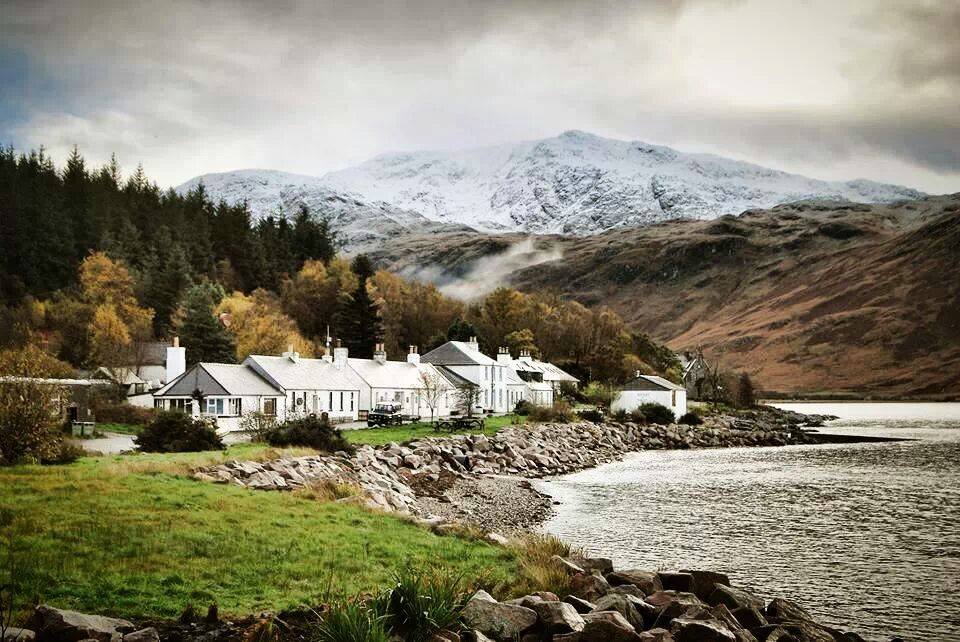
Image VIA
Do you want to know how isolated this 55,000 acres site is? You can only get to the Knoydart Peninsula by either boat or foot. It’d be a pretty extreme tourist site.
Located in the Lochaber district of the Scottish Highlands, the site is nestled between Loch Hourn and Loch Nevis. The Knoydart Peninsula has been hailed as one of the last great wilderness areas in Scotland. Fortunately, the saying ‘leaving the best until last’ holds true here, with heart-pumping mountain passes to hike along, sandy inlets to explore and so much breath-taking coastal and mountain scenery waiting to be discovered.
Where could you live or visit? Well, Inverie is the main settlement area of the Knoydart Peninsula and is the place to find the region’s primary school, post office, a selection of community shops, the Knoydart Pottery & Tearoom and The Old Forge Inn — the most remote pub in mainland Britain.
Preaching About The Holy Island Of Lindisfarne, Northumberland
Population: 180*
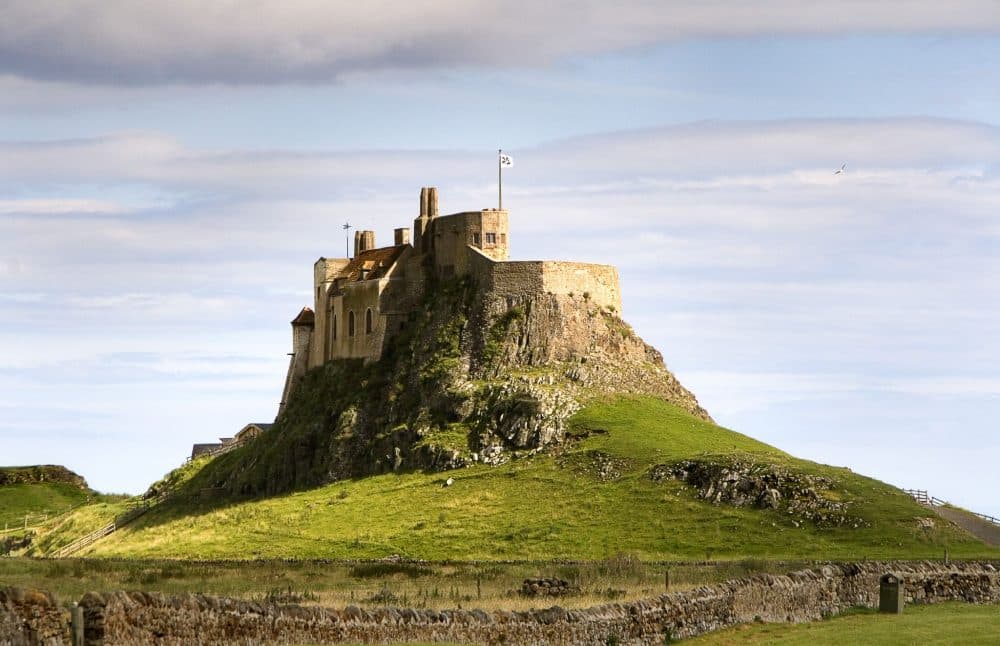
Image VIA
Ever wondered where England’s Christian Heritage originated? It turns out here, at the Holy Island of Lindisfarne off the Northumberland coast. The island is so isolated that it is entirely cut off from the rest of the world twice a day when its paved causeway becomes submerged during times of high tide.
It’s incredibly popular with pilgrims and tourists alike, offering a wide range of sites to visit and activities to take part in. A peaceful and unspoiled land awaits, as does Lindisfarne Priory. Once the home of St Oswald, it was here that the precious Lindisfarne Gospels were created.
It’ll be hard to ignore Lindisfarne Castle, especially since the 16th-century structure — which now serves as a quirky holiday home following a makeover by architect Edward Lutyens — sits high atop one of Lindisfarne’s craggy hills.
Walking Around The Calf of Man, Isle of Man
Population: 2*
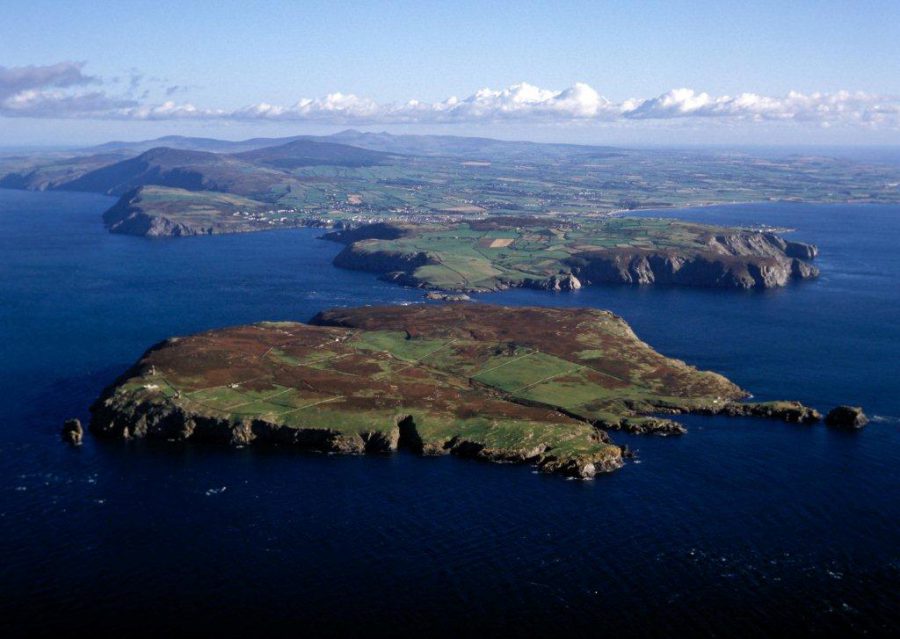
Image VIA
The remote location sits on the southern-most tip of the Isle of Man — hence its name — the Calf of Man is only one and a half miles long and one mile wide. It’s surprising just how much can be packed into this 600-acre rocky outcrop though, which is currently owned by the Manx National Heritage.
Perfect for wildlife lovers, you’ll find a bird observatory and nature reserve. The Calf of Man playing host to many species of birds — both seabird colonies and migrating birds — as well as a significant population of rabbits. Fans of nature will also be happy to hear that the island is primarily a destination filled with flat heathland and coastal grassland, while ancient burial grounds will appeal to those seeking history.
Shopping Holiday In Lundy Island, Devon
Population: 28*
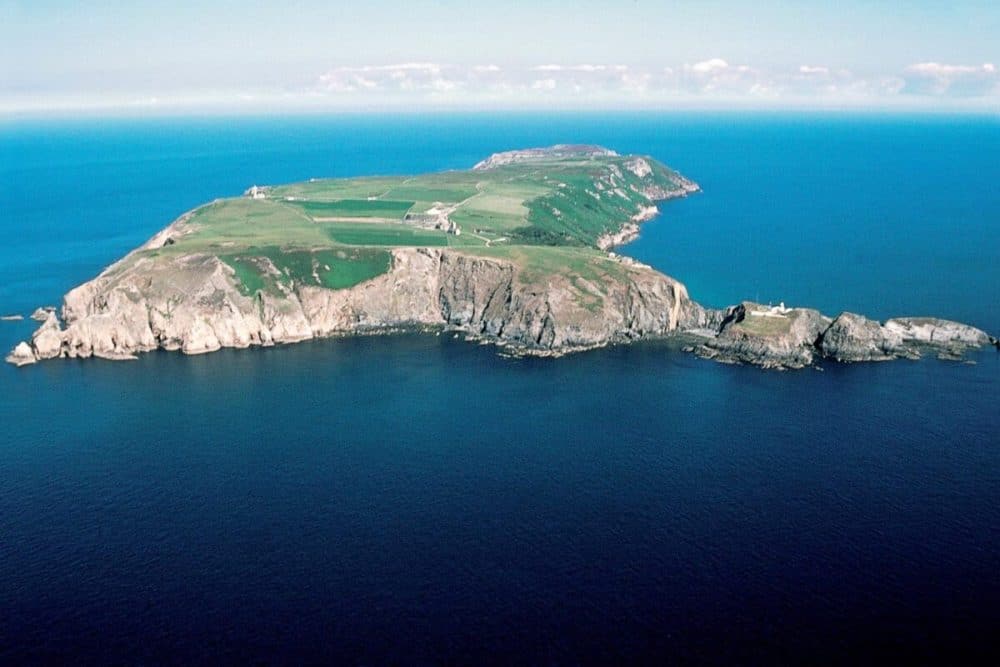
Image VIA
Lundy Island is a small wind-swept destination that grabbed attention in 2017 when it gained the moniker of being England’s first Marine Conservation Zone. It’s situated 12 miles off the northern coast of Devon.
You won’t enjoy a shopping holiday on this isolated island. Owned by the National Trust, Lundy Island is a peaceful retreat where no cars can be found and there’s only a single shop and a single pub to explore alike. Fortunately, there’s so much wildlife to seek out to make the most of the time — a variety of seabirds, grey seals, dolphins and even a basking shark or two can be viewed on the island on a given day.
Legends Lie at Bardsey Island, North Wales
Population: 4*
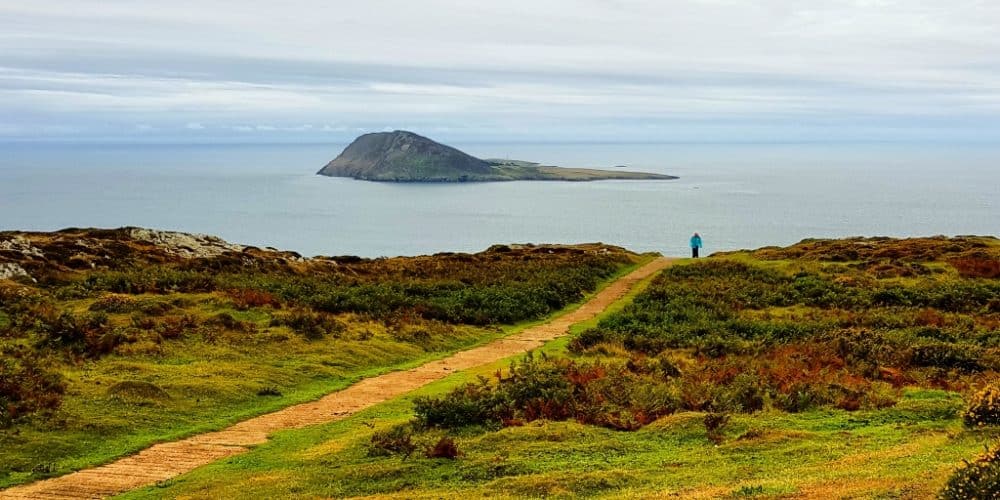
Image VIA
This is the perfect site for any history and legend lovers. Sitting across from Wales’ rugged Lleyn Peninsula, Bardsey Island — or Ynys Enlli by the Welsh tongue as well as the Island of the Currents by its literal translation — has been an important pilgrimage site as far back as Medieval times.
If you fancy yourself as a knight of the round table, you’ll also be intrigued to hear that there’s a legendary claim that Bardsey Island is the burial site of King Arthur. Meanwhile, those after nature can enjoy daily views of migratory birds, dolphins, porpoises, rare butterflies and what has been claimed to be the oldest apple tree in the world.
For more of the same, check out this hotel above the alps in a converted cable car. Maybe that’s your next trip too?















